Hey there, fellow water lover! Ever pulled on your favorite wetsuit, ready for an epic session, only to be hit with that unmistakable, musty smell? Or worse, spotted those unwelcome black or green splotches staring back at you? Yep, we've all been there. Mold on your neoprene wetsuit isn't just gross; it's a sneaky little villain that can actually ruin your gear and even impact your health.
Think of your wetsuit as your second skin in the water. It keeps you warm, protected, and ready for adventure. But because it loves damp, warm, and dark places (like, say, a crumpled heap in your gear bag after a long day), it's basically a five-star resort for mold and mildew. And trust me, these microscopic squatters aren't paying rent – they're actively munching away at your precious neoprene, leading to nasty odors, material breakdown, and a shorter lifespan for your beloved suit.
But don't despair! I'm here to arm you with the ultimate guide to not only "instantly" kick mold to the curb but also keep it from ever coming back. We're talking about reclaiming your wetsuit, keeping it fresh, and making sure it lasts for countless adventures to come. Ready to dive in?
The "Instant" Mold Slayer: Isopropyl Alcohol (IPA)
When you hear "instant," you probably think magic wand, right? Well, in the world of wetsuit mold, isopropyl alcohol (IPA) is pretty darn close! It's our go-to secret weapon for quickly tackling those visible mold stains.
Why IPA is Your Wetsuit's Best Friend (for Mold)
So, what makes IPA so special? It's like a tiny, targeted hit squad for mold cells. IPA works by basically messing with the mold's internal structure – it denatures their proteins and busts open their cell membranes. Without these vital components, mold cells can't survive, and poof, they're gone! Plus, IPA is a champ at dissolving the gunk that causes those ugly mold discolorations, leaving your wetsuit looking much cleaner.
Now, here's the really cool part: unlike harsh chemicals like bleach (which we'll talk about later, and trust me, you want to avoid it!), IPA is relatively gentle on neoprene. It gets the job done without turning your flexible, comfy wetsuit into a brittle, cracked mess. As long as you follow the steps and rinse it well, your wetsuit's integrity, flexibility, and lifespan stay intact. One expert even called it an "incredibly effective solution" that worked wonders without harming the material.
When I say "instant," I mean it's fast-acting for visible mold. We're talking about a quick 10-minute soak. This rapid action is fantastic for surface mold and those unsightly stains. However, if mold has really dug its roots deep into the porous foam of your neoprene, IPA will still clean the surface and kill what it touches quickly, but it might not eradicate every single deeply embedded spore. For those super stubborn, recurring mold issues, you might need to consider a more rigorous long-term prevention plan, but for that immediate "wow, it's gone!" factor, IPA is your champion.
Your Step-by-Step Guide to IPA Mold Removal
Ready to banish that mold? Here's exactly how to do it:
Gather Your Arsenal:
A jug of 70% isopropyl alcohol. You can usually find this at your local pharmacy. While 70% works great, higher concentrations (up to 94%) are also effective.
A large bucket or container. Make sure it's big enough to fully submerge your wetsuit.
Some weights. Neoprene loves to float, so you'll need something to keep it submerged. Lead weights work, or even just the empty IPA jug filled with water.
Safety First, Always!
Ventilation is Key: This is super important! IPA is flammable, and its fumes aren't great to breathe in. Do this outside, in a garage with the doors open, or a room with wide-open windows and a fan blasting. Think fresh air!
Protect Yourself: Mold and chemicals can irritate your skin and eyes. So, before you start, slip on some protective gloves (vinyl, nitrile, or rubber are good choices). And don't forget your goggles – the kind that fully protect your eyes from splashes, not just regular safety glasses. If your wetsuit is a moldy disaster zone, consider an N95 respirator to avoid inhaling spores.
The Soaking Ritual:
Gently fold your wetsuit and carefully place it into your bucket.
Use your weights to make sure the wetsuit stays completely underwater. No floating allowed!
Pour the isopropyl alcohol over the wetsuit until it's fully submerged.
Now, let it soak for exactly 10 minutes. This is enough time for the IPA to work its magic on the mold and those pesky stains.
Rinse, Rinse, Rinse!
After 10 minutes, carefully pull your wetsuit out of the alcohol solution.
Now, rinse it thoroughly under fresh, cold water. You can do this in a shower or by repeatedly filling and emptying a bucket with clean water.
Here's a pro tip: turn your wetsuit inside out and rinse that side just as thoroughly! We want to make sure every last bit of alcohol residue is gone from both sides to keep your neoprene happy.
The Final Check: Once you've rinsed it, give your wetsuit a good visual inspection. All the visible mold and discoloration should be gone!
Dry It Right: Don't let your hard work go to waste! Immediately move on to proper drying techniques (we'll cover those in Section IV.B) to prevent any new mold from popping up.
A Quick Heads-Up About IPA
Just a little warning: if your wetsuit has any cool screen-printed logos or designs, IPA might cause some damage to them. If you're worried, do a tiny patch test on an inconspicuous area first, just to be safe, before you commit to the full soak. Better safe than sorry, right?
Other Players in the Mold Game: The Good, The Slow, and The Ugly
While IPA is our star for "instant" mold removal, it's helpful to know about other options and, more importantly, what to absolutely never use on your precious neoprene.
Specialized Wetsuit Cleaners: Your Wetsuit's Shampoo
You've probably seen these on the shelves: O'Neill Wetsuit/Drysuit Cleaner, Rip Curl Piss Off, Gear Aid Revivex Odor Eliminator, and so on. These aren't really for "instant" mold removal, but they're fantastic for maintenance and keeping your wetsuit smelling fresh. Think of them as a high-quality shampoo and conditioner for your wetsuit.
They're designed to clean, deodorize, and condition neoprene, helping it last longer. They tackle odors from sweat, salt, and bacteria, and many are non-toxic and biodegradable. You typically hand wash with them, letting your suit soak for a few minutes before rinsing. So, while they're crucial for overall hygiene and preventing future funk, they won't magically erase existing mold stains like IPA can. They're part of your preventative toolkit, not your emergency mold-removal kit.
Vinegar: The Slower, Deeper Clean
White vinegar, with its acetic acid, is a natural antifungal agent. It's like the wise, old sage of cleaning solutions – it works, but it takes its sweet time. A molecular biologist even confirmed its effectiveness for mold removal.
While IPA is a quick surface cleaner, vinegar is often considered better for penetrating porous materials where mold might be hiding deeper. Its acidity is thought to break down mold spores more thoroughly than alcohol, making it a "better preventive remedy for mold formation in the long term". Plus, vinegar is great at neutralizing odors. For general odor control and mold inhibition, a common method is soaking your wetsuit in a bucket with water and 1/2 cup of vinegar for about an hour. For really stubborn smells, a homemade concoction of baking soda, white vinegar, and black soap can be used for a soak of a few hours.
A HUGE, CRITICAL WARNING: NEVER, EVER MIX VINEGAR WITH BLEACH! This combination creates highly toxic chloroform gas, which is incredibly dangerous. Seriously, don't do it.
So, while vinegar is a powerful ally for deeper cleaning and long-term mold prevention, its longer soak times (1 hour to several hours) mean it's definitely not an "instant" solution compared to IPA's 10 minutes. But for persistent mold or as a strong preventative, it's a fantastic option.
Recommended: The 120 Rule in Scuba Diving: A Quick Guide to Safe Dive Planning & Its Limitations
What to Absolutely, Positively AVOID for Your Wetsuit
Listen closely, because this part is crucial. Using the wrong stuff on your wetsuit is like pouring acid on your favorite pair of jeans – it's going to end badly. Here's what to steer clear of:
Bleach: This is the ultimate wetsuit destroyer. Bleach will "ruin your wetsuit" by breaking down its delicate polymer structure, making it brittle, inflexible, and basically useless. And again, NEVER mix it with vinegar.
Hot Water: Think of hot water as kryptonite for neoprene. It "destroys the material's flexibility" and can be "fatal for the fibers". Always, always use cold or cool fresh water.
Washing Machines & Dryers: These are designed for clothes, not your high-tech wetsuit. Machine washing and tumble drying will stretch, tear, and damage the neoprene, seams, and flexibility, sending your wetsuit to an early grave. Hand wash only, folks!
Harsh Household Chemicals: Beyond bleach, just avoid any general, non-specialized cleaning chemicals. Chlorine and other harsh cleaners are "enemies of the material" and can cause irreversible damage.
Commercial "Instant" Mold Removers (like MiracleMist): You might see products advertised as "instant" mold removers for various surfaces. But here's the catch: the information on their safety for neoprene wetsuits is either "unavailable" or "contradictory". Given the risk of damaging your expensive gear, it's simply not worth the gamble. Stick to proven methods.
Wringing: Don't twist or wring out your wetsuit like a dish rag! This can severely damage the neoprene by stressing and tearing its internal structure. Gently squeeze instead.
Direct Sunlight: UV rays and extreme heat from direct sunlight are like a slow poison for neoprene. They'll make it lose stretch, become brittle, and fade its color, drastically shortening its life. Always dry and store your wetsuit in the shade.
Velcro Contact: Be mindful of Velcro! It can snag and tear the delicate lining of your wetsuit, leading to premature wear. Keep Velcro straps (from booties, leashes, etc.) away from your suit.
Here's a quick comparison of the mold-fighting agents we've discussed:
| Agent | Primary Action | "Instant" Effectiveness for Mold Removal | Safety for Neoprene | Key Considerations/Limitations |
|---|---|---|---|---|
| Isopropyl Alcohol (IPA) | Kills mold cells, dissolves discoloration | High for surface mold | Safe with proper rinsing | May affect screen prints, requires ventilation |
| Specialized Wetsuit Cleaners | Cleans, deodorizes, conditions | Low/None for existing mold stains | Safe for maintenance | Primarily for prevention/odor control |
| White Vinegar | Inhibits mold growth, neutralizes odors | Moderate for existing mold (slower soak) | Safe for deeper cleaning | Longer soak time, never mix with bleach |
| Bleach | Destroys organic matter | High for mold, but destructive to material | Severely damaging | Never use, ruins neoprene, toxic fumes when mixed |
| General Commercial "Instant" Mold Removers | Claims instant mold/stain removal on various surfaces | Unknown/Risky | Unknown/Risky | Avoid due to lack of specific safety data for neoprene; contradictory information on fabric application |
The Long Game: Comprehensive Wetsuit Care for Lasting Mold Prevention
Removing existing mold is a victory, but keeping it gone is the real championship. Long-term mold prevention is absolutely essential for keeping your wetsuit in top shape, performing its best, and extending its life for years of adventures. It's all about consistent, loving care.
Post-Use Rinsing: Your First Line of Defense
This is probably the single most important thing you can do to prevent mold and make your wetsuit last longer. Think of it like brushing your teeth after every meal – you're getting rid of the gunk before it can cause problems. Mold needs moisture and food (like salt, chlorine, sweat, sand, and other organic bits) to grow. By rinsing your wetsuit immediately, you're literally washing away mold's dinner party and drying up its swimming pool.
So, as soon as you're out of the water, grab that hose or fill a tub with fresh, cold water. Rinse both the inside and outside of your wetsuit thoroughly. Why both sides? Because the inside collects sweat and body oils, which are prime mold snacks. Don't let saltwater dry on your wetsuit – that's a big no-no.

Optimal Drying Practices: Evicting Mold's Habitat
Trapped moisture is mold's favorite thing. It's the number one reason wetsuits get smelly and become mold breeding grounds. Completely drying your wetsuit after every single use is how you shut down mold's party and keep your suit fresh.
Here's how to dry your wetsuit like a pro:
Air Dry in the Shade: Always, always hang your wetsuit to dry in a shaded area with good airflow. Remember what we said about direct sunlight? It's a wetsuit killer – UV rays and heat will make your neoprene brittle, faded, and shorten its life dramatically.
Inside-Out First: Start by hanging your wetsuit inside out. Why? Because the inside gets the most sweat and moisture, making it more prone to mildew. Once the inside is bone dry, flip it right-side-out to finish drying the exterior.
Hang It Right: To avoid stretching, creasing, or damaging your wetsuit, hang it over a smooth, wide, and rounded surface. Think a balcony railing, a shower rod, or a hanger with wide, rounded shoulders. Hang it at the waist, balancing the weight evenly on both sides to prevent stress points. Ditch those flimsy metal wire hangers – they'll create sharp creases and damage your neoprene.
Speed Up the Process: Want it dry faster? Gently squeeze the cuffs and ankles every 15 minutes to release trapped water. Placing a fan nearby can also work wonders for air circulation and drying time.
Specialized Drying Gear: For the ultimate drying experience, consider a specialized wetsuit drying rack or spinner. Racks are designed to support your wetsuit's shape while maximizing airflow, and spinners use centrifugal force to quickly remove excess water. Just be sure to follow the manufacturer's instructions for these devices.
And remember, never use a machine dryer, never wring out your wetsuit, and never leave it in a damp, crumpled pile on the floor or in your car – that's basically an open invitation for mold.
Strategic Storage: Long-Term Protection
This step is non-negotiable, my friend. Before you even think about storing your wetsuit, it must be completely dry, inside and out. Storing a damp wetsuit is the express lane to mold and mildew, which will wreak havoc on the fabric, cause terrible smells, and drastically shorten its life.
Your wetsuit's ideal storage spot is cool, dry, shaded, and humidity-free. Avoid places with high heat or car fumes, like garages, as these can degrade the fabric. If you live in a humid climate, a dehumidifier in the storage area can be a real lifesaver.
When it comes to how you store it, hanging is generally best. Use a sturdy, broad-shouldered hanger or a wetsuit-specific hanger to help it keep its natural shape and prevent stretching or permanent creases. You can also fold it in half over the horizontal bar of a wide hanger, making sure the weight is evenly distributed at the waistline. If hanging isn't an option, laying it flat is okay, but avoid sharp creases or tight folds, as these can weaken the neoprene over time.
Now, about storage bags: if you use one, it must be made from breathable materials. This allows air to circulate, preventing moisture buildup, odors, and mold. While one source mentions plastic bags, multiple other experts strongly advise against them because they "trap moisture, leading to mold and mildew growth".
From a scientific standpoint, mold needs moisture. A non-breathable plastic bag, even if your wetsuit seems dry, creates a humid microenvironment that's perfect for mold. So, my advice? Steer clear of non-breathable plastic bags or airtight containers for wetsuit storage. Only use breathable solutions, and only when your wetsuit is 100% dry.
Regular Maintenance and Inspection
Even with all your diligent care, it's a good idea to periodically check your stored wetsuit. Look for any early signs of damage, deterioration, tears, loose stitching, or, heaven forbid, the re-emergence of mold. Catching these issues early can save you a lot of headaches and significantly extend the life of your wetsuit.
Here's your quick checklist for ultimate wetsuit mold prevention:
| Care Category | Key Action/Step | Why it Prevents Mold | What to Avoid |
|---|---|---|---|
| Post-Use Rinse | Rinse thoroughly with cold, fresh water immediately after use, both inside and out. | Removes salt, chlorine, oils, sweat, sand, and other organic contaminants that serve as mold nutrients and trap moisture. | Hot water, allowing saltwater to dry on the wetsuit |
| Drying | Dry inside-out first, then right-side-out, in a shaded, well-ventilated area. Use a wide, rounded hanger. | Eliminates trapped moisture, which is the primary condition for mold growth. Proper hanging prevents material stress. | Direct sunlight, machine dryers, wringing, leaving in damp heaps |
| Storage | Store 100% dry in a cool, dry, shaded, humidity-free place, ideally on a wide hanger or laid flat. | Prevents moisture trapping, which is the main catalyst for mold and mildew growth. Maintains material integrity. | Non-breathable plastic bags/airtight containers, humid environments, high heat, folding with sharp creases |
| Ongoing Maintenance | Periodically inspect the stored wetsuit for any signs of damage, deterioration, or mold. | Enables early detection of issues, preventing further damage and ensuring long-term health of the wetsuit. | Neglecting periodic checks |
Conclusion: Protect Your Investment, Enjoy Your Adventures
So, there you have it! Getting rid of mold "instantly" from your neoprene wetsuit is totally doable with the right approach – a quick, effective soak in isopropyl alcohol. It's a game-changer for those visible mold spots, and it won't harm your suit if you follow the steps.
But remember, true wetsuit longevity and hygiene are a marathon, not a sprint. It's all about building those consistent care habits: rinsing with cold, fresh water right after every use, drying meticulously in the shade with plenty of airflow, and storing your suit bone dry in a cool, well-ventilated spot. And just as important, knowing what to avoid – bleach, hot water, washing machines, direct sun, and non-breathable storage are your wetsuit's worst enemies.
By embracing these expert tips, you're not just cleaning a piece of gear; you're investing in its future. You'll keep your wetsuit performing at its best, extend its life for countless more waves, dives, or paddles, and most importantly, protect your own health from those pesky mold invaders. Happy adventuring!
Frequently Asked Questions
Q1: Can I really remove mold from my wetsuit instantly?
For visible, surface mold, yes! Using isopropyl alcohol (IPA) with a 10-minute soak can quickly remove mold and discoloration from your neoprene wetsuit.
Q2: Is bleach safe to use on my wetsuit for mold removal?
Absolutely not! Bleach will severely damage the delicate neoprene material, making your wetsuit brittle and ruining its flexibility. Always avoid bleach.
Q3: How often should I clean my wetsuit to prevent mold?
You should rinse your wetsuit thoroughly with cold, fresh water immediately after every use to remove salt, sweat, and other contaminants. This is your best defense against mold.
Q4: Can I put my wetsuit in the washing machine or dryer?
No, never! Washing machines and dryers are too harsh for neoprene and will damage your wetsuit's material, seams, and flexibility. Always hand wash and air dry.
Q5: What's the best way to store my wetsuit to prevent mold long-term?
Ensure your wetsuit is 100% dry, both inside and out, before storing it. Hang it on a wide, sturdy hanger in a cool, dry, shaded, and well-ventilated area. Avoid non-breathable plastic bags.
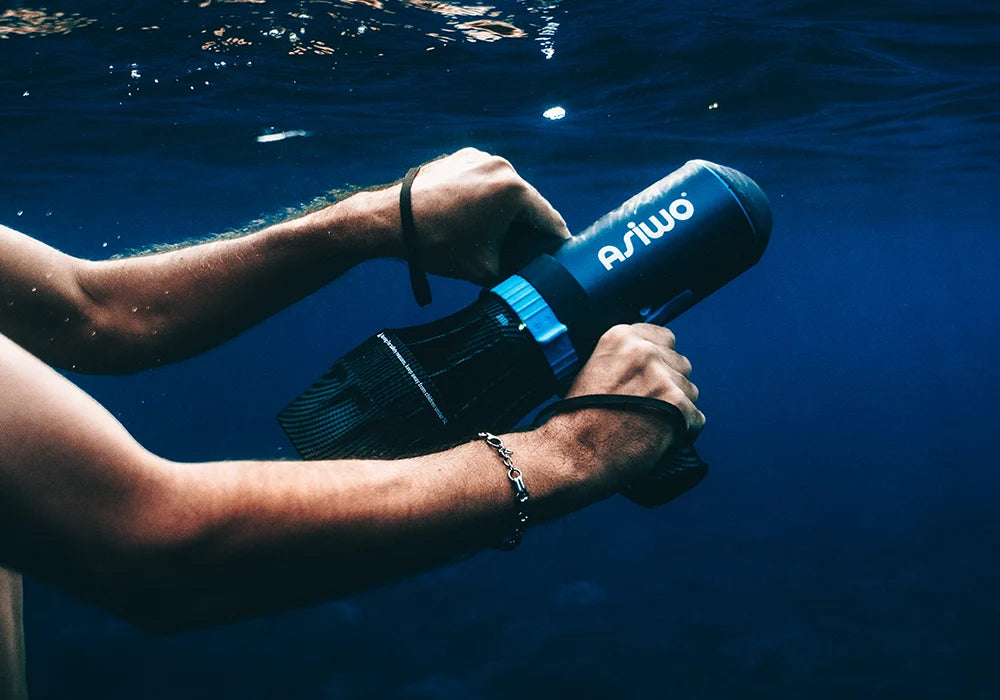




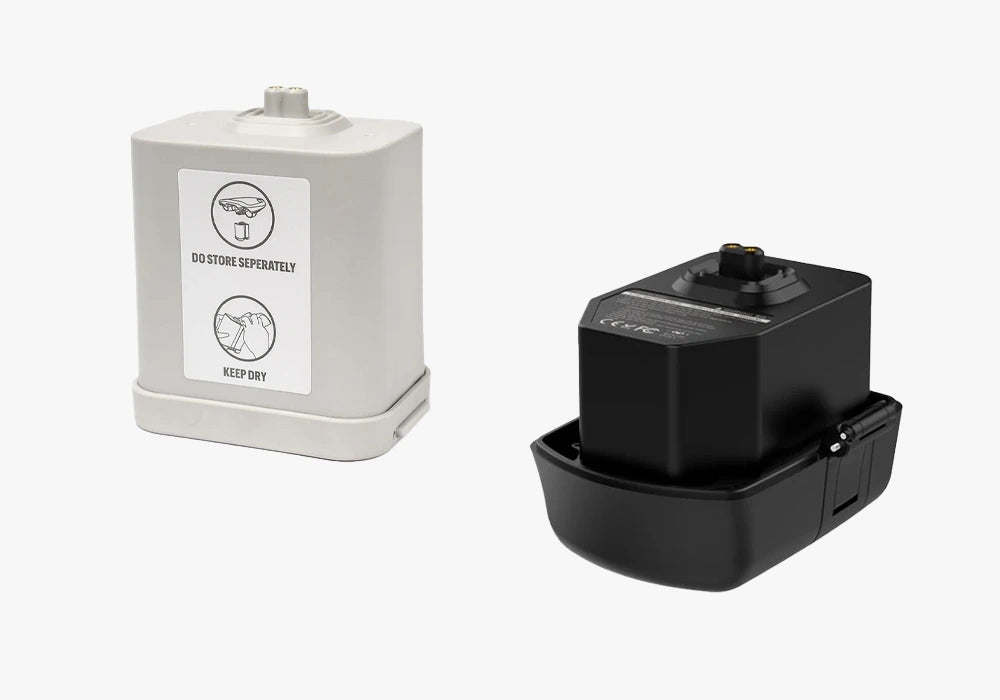




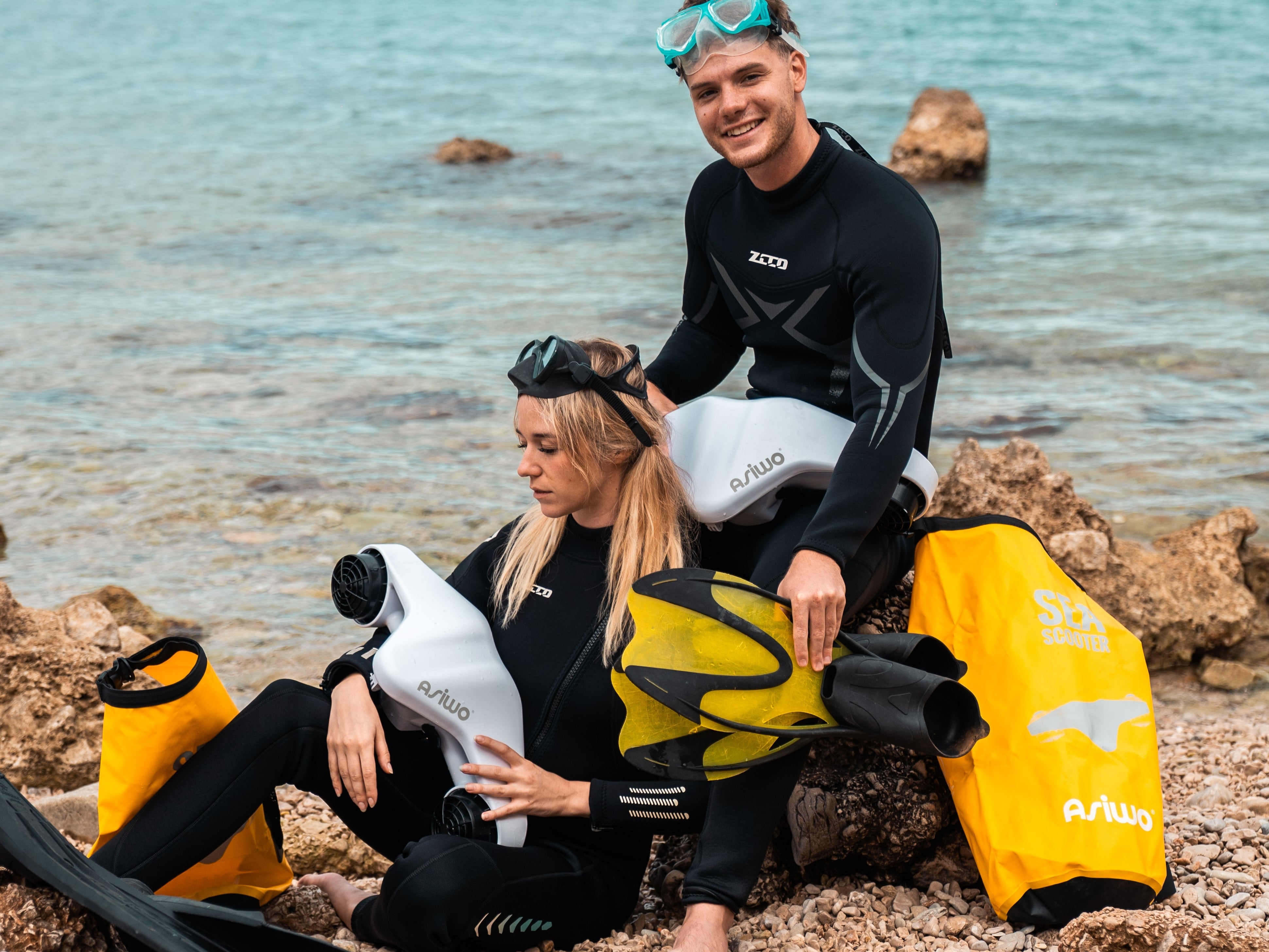
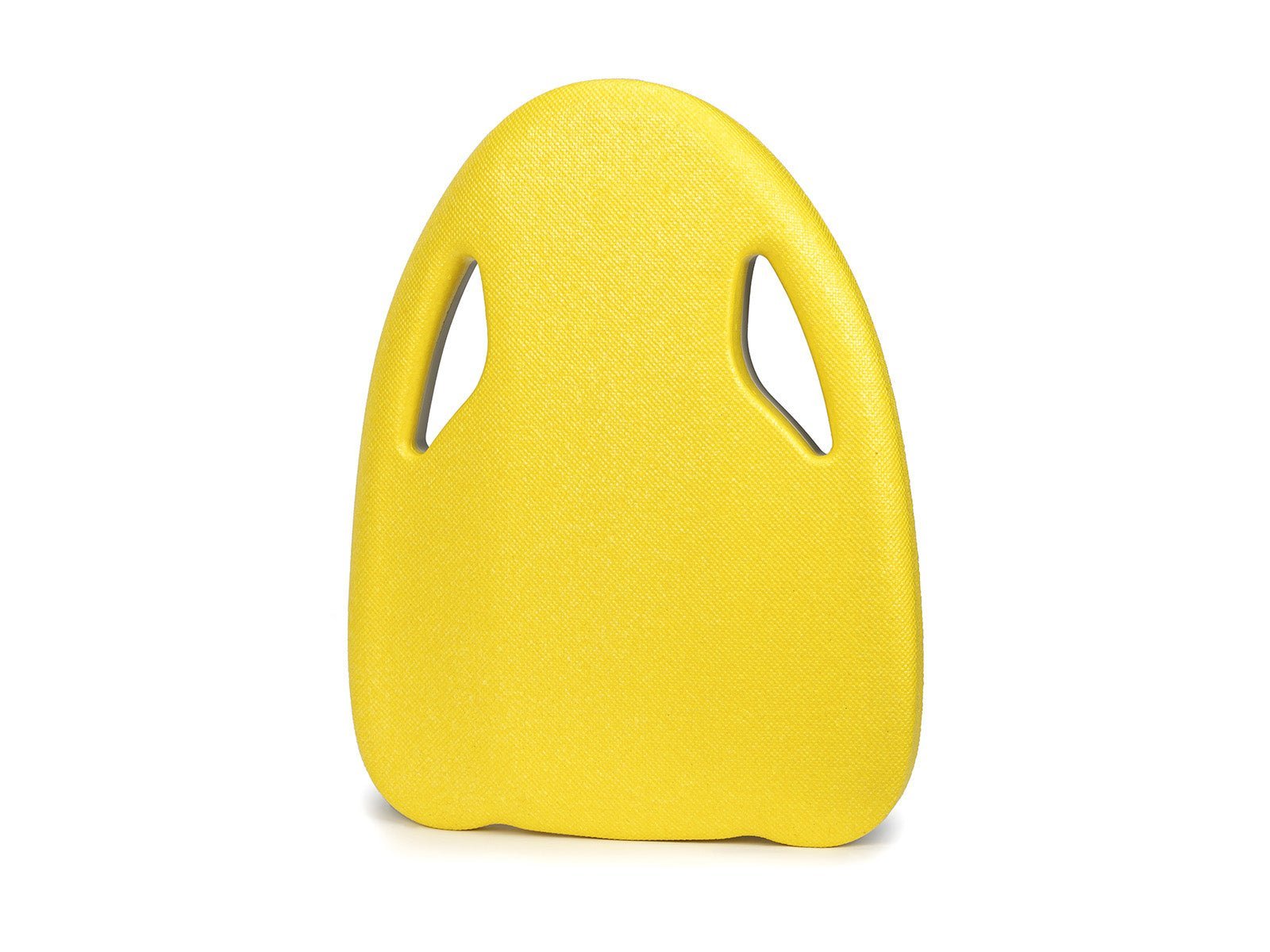
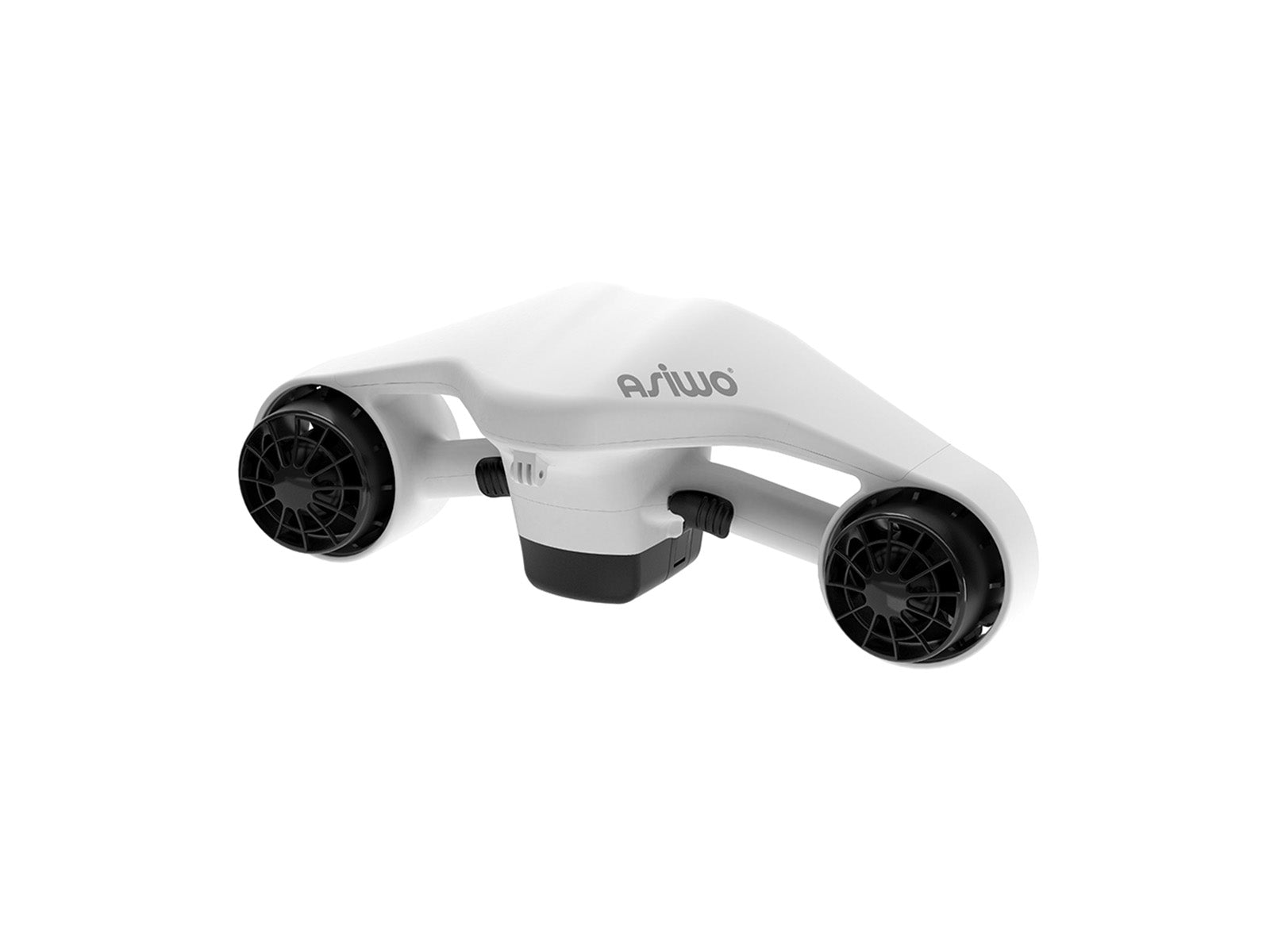
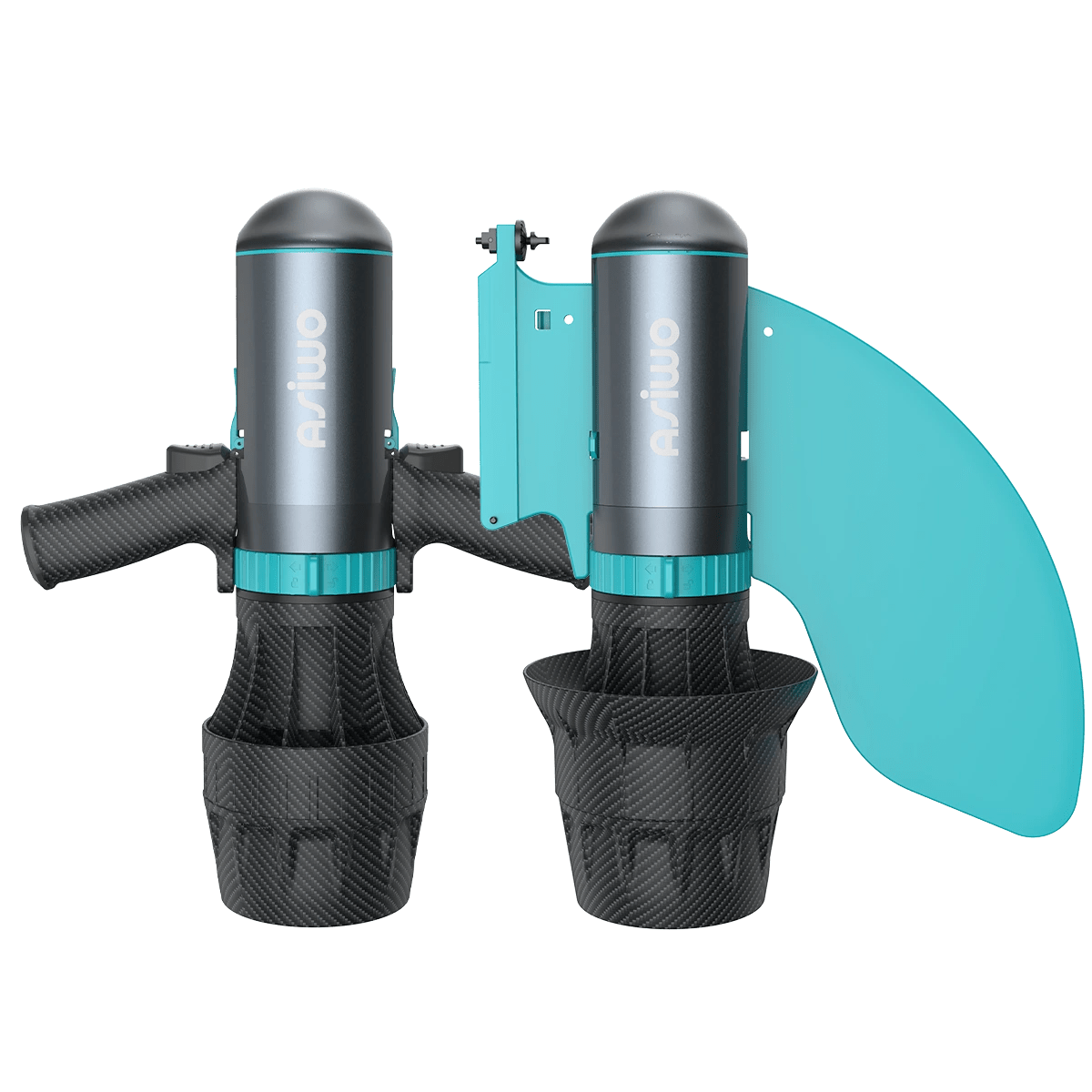




Lascia un commento